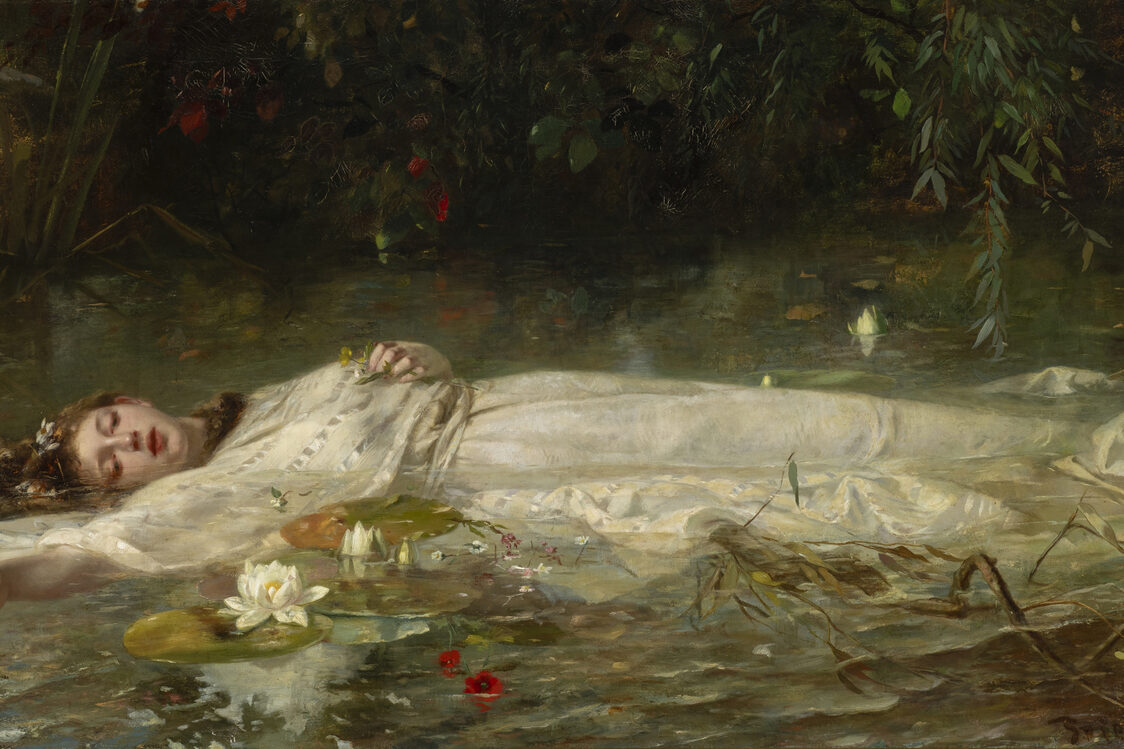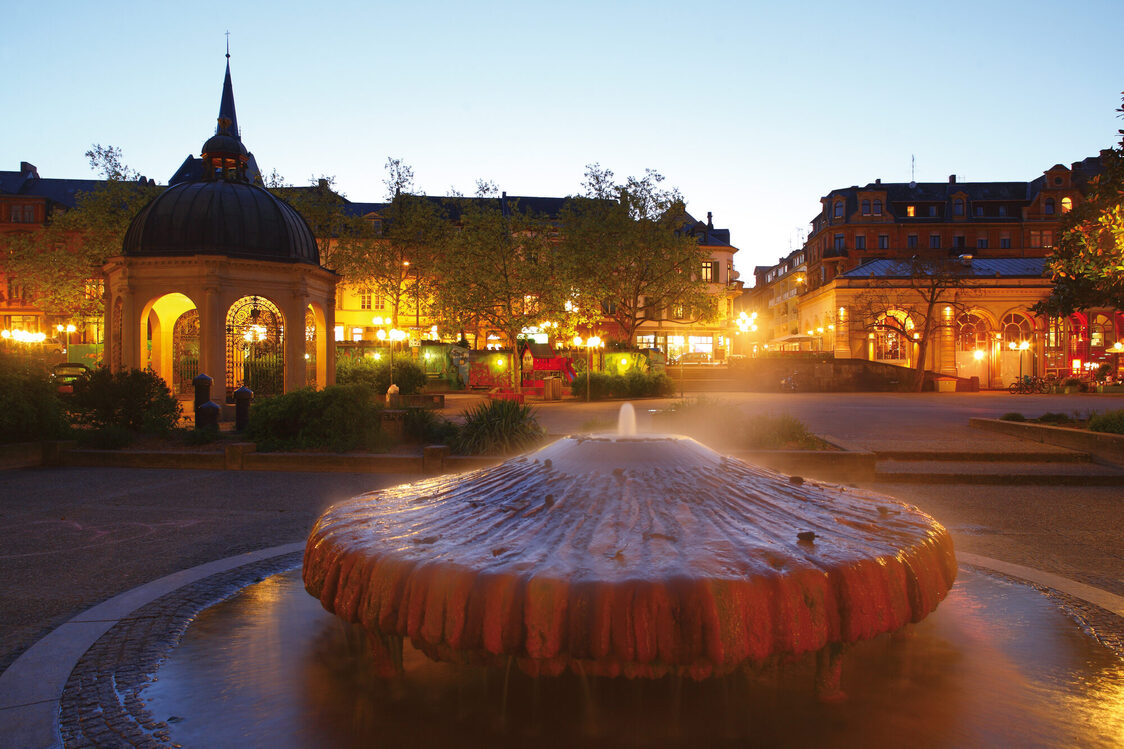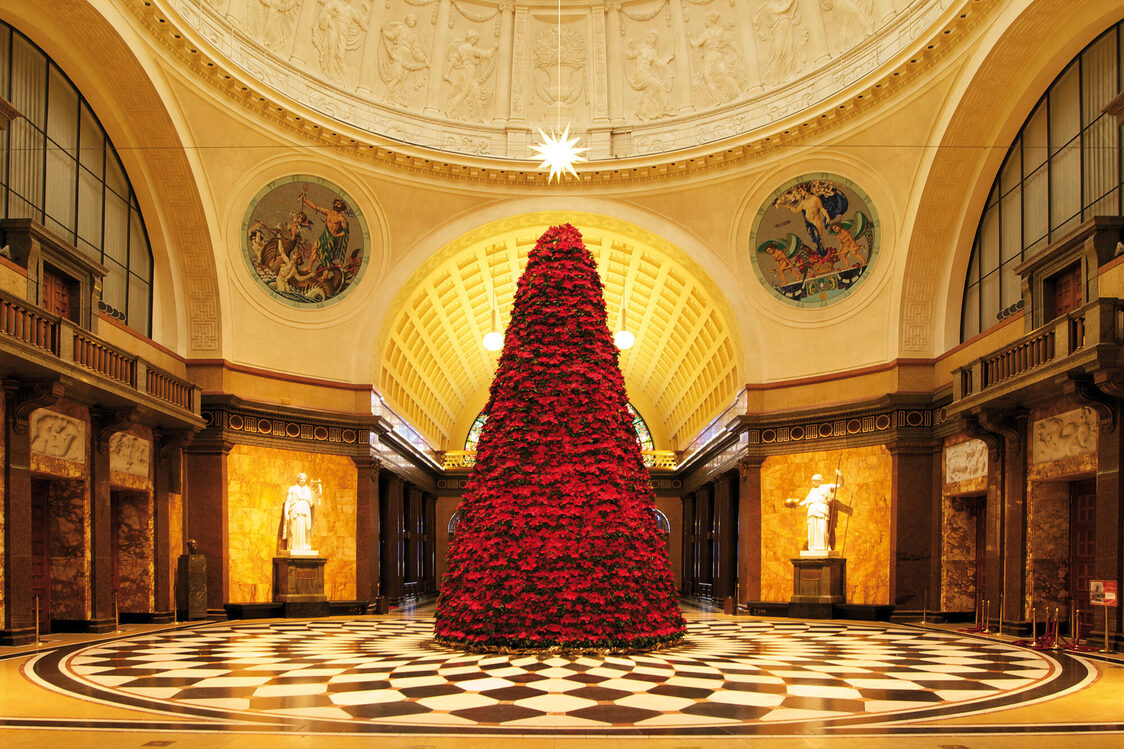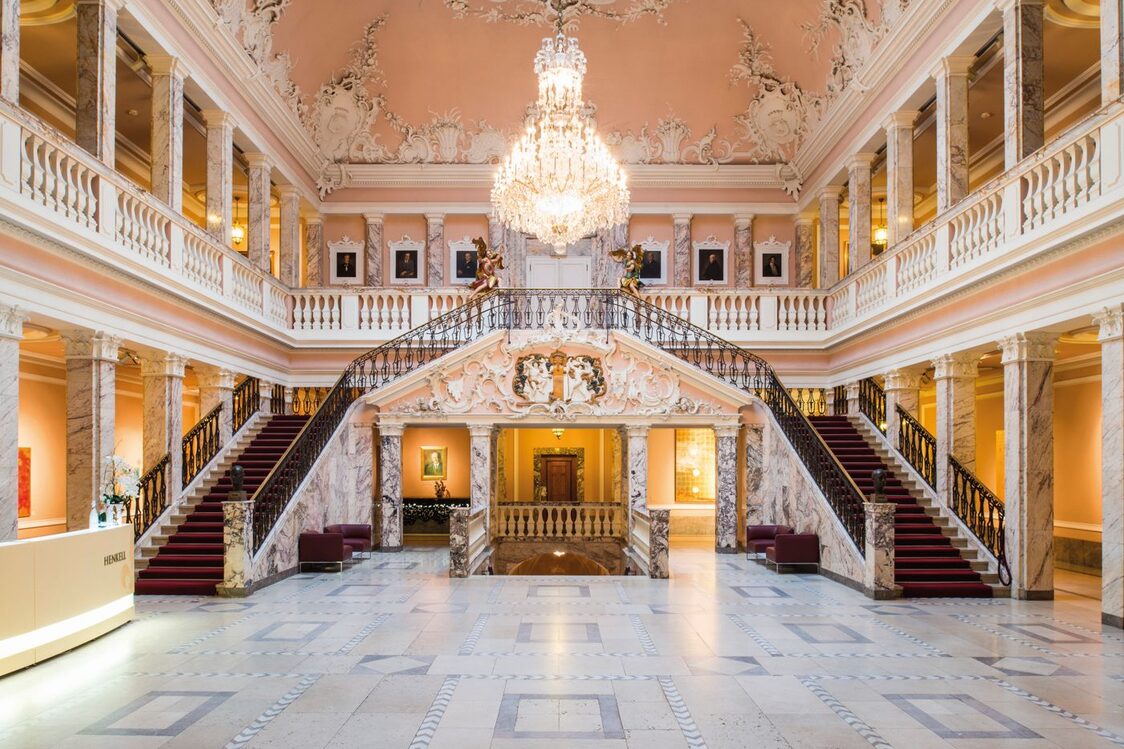Typical Wiesbaden
11 fun facts about Wiesbaden
Would you have thought that ...
- Taylor Swift was inspired by a painting in the Museum Wiesbaden for her music video "The Fate of Ophelia" (opens in a new tab)? The scene in which she emerges alive from a painting is based on Friedrich Heyser's "Ophelia" (opens in a new tab), which can be seen in the museum's Art Nouveau exhibition. In the meantime, the Museum Wiesbaden has become a place of pilgrimage for Swifties from all over the world!
- the foundations of the Statue of Liberty in New York were built with cement from Amöneburg? In 1884, Wilhelm Gustav Dyckerhoff (opens in a new tab) and his company Portland-Cement-Fabrik "Dyckerhoff & Söhne" supplied around 8,000 barrels of cement - the concrete mass produced from this was the largest in the world up to that time.
- the poet Fyodor Mikhailovich Dostoyevsky (opens in a new tab) ruined himself playing roulette in the Wiesbaden casino in 1866? As a result, he had to deliver a novel to his publisher at short notice. The result was "The Gambler", in which he dealt with his gambling addiction in literary form.
- the Marktkirche carillon (opens in a new tab) with its 49 bronze bells is one of the few that can be played by hand? The melodies change weekly and according to the occasion - on Shrove Tuesday, for example, the carnival march is on the program.
- Around two million liters of hot mineral water gush out of Wiesbaden's 26 thermal springs (opens in a new tab) every day? At between 65 and 70 degrees, they are among the hottest springs in Germany and its neighboring countries. They are estimated to be at least 200,000 years old.
- the bust of Nefertiti (opens in a new tab) was temporarily a guest at the Wiesbaden Museum? After the end of the war, the museum was the central collection point for the art treasures hidden in the mines during the Nazi era - including the bust of Nefertiti and Rembrandt's "The Man with the Golden Helmet".
- that the costs for the construction of the Nerobergbahn (opens in a new tab) had been greatly misjudged? In 1888, 100,000 marks were originally estimated for the construction - in the end, it cost more than twice as much - namely 222,352 marks.
- at the International May Festival (opens in a new tab), which was founded and opened by Wilhelm II in 1896, tuxedos were compulsory and there was a "minimum size" specified by the Emperor for the ladies' décolletés? Incidentally, the May Festival is the second oldest festival in Germany after Bayreuth (since 1876).
- there is a real robbers' den in Rabengrund? Heinrich Anton Leichtweiß was a respected citizen until he was 65 years old - until he was accused of poaching, sent to prison and then made his way more or less through the forest until he was arrested again and died in prison. The Leichtweiß cave (opens in a new tab) can be visited.
- the piccolo was invented (opens in a new tab) in Wiesbaden? In 1935, Karl Henkell, grandson of company founder Adam Henkell, took a bold step: he launched his branded sparkling wine Henkell Trocken in the handy 200 ml champagne bottle for the first time. A revolutionary idea at the time! Inspired by the Italian word "piccolo" for "small", Henkell gave his invention the Germanized name "Pikkolo" and had the name protected under trademark law.
- Wiesbaden isthe invented (opens in a new tab) in Wiesbaden? In 1935, Karl Henkell, grandson of company founder Adam Henkell, took a bold step: he launched his branded sparkling wine Henkell Trocken in the handy 200 ml champagne bottle for the first time. A revolutionary idea at the time! Inspired by the Italian word "piccolo" for "small", Henkell gave his invention the Germanized name "Pikkolo" and had the name protected under trademark law.
- Wiesbaden isthe "parakeet capital of (opens in a new tab) the Rhine-Main region"? Two thirds of the region's population live here. With the collared parakeet and the Alexander parakeet, two parrot species have settled permanently in Wiesbaden.






